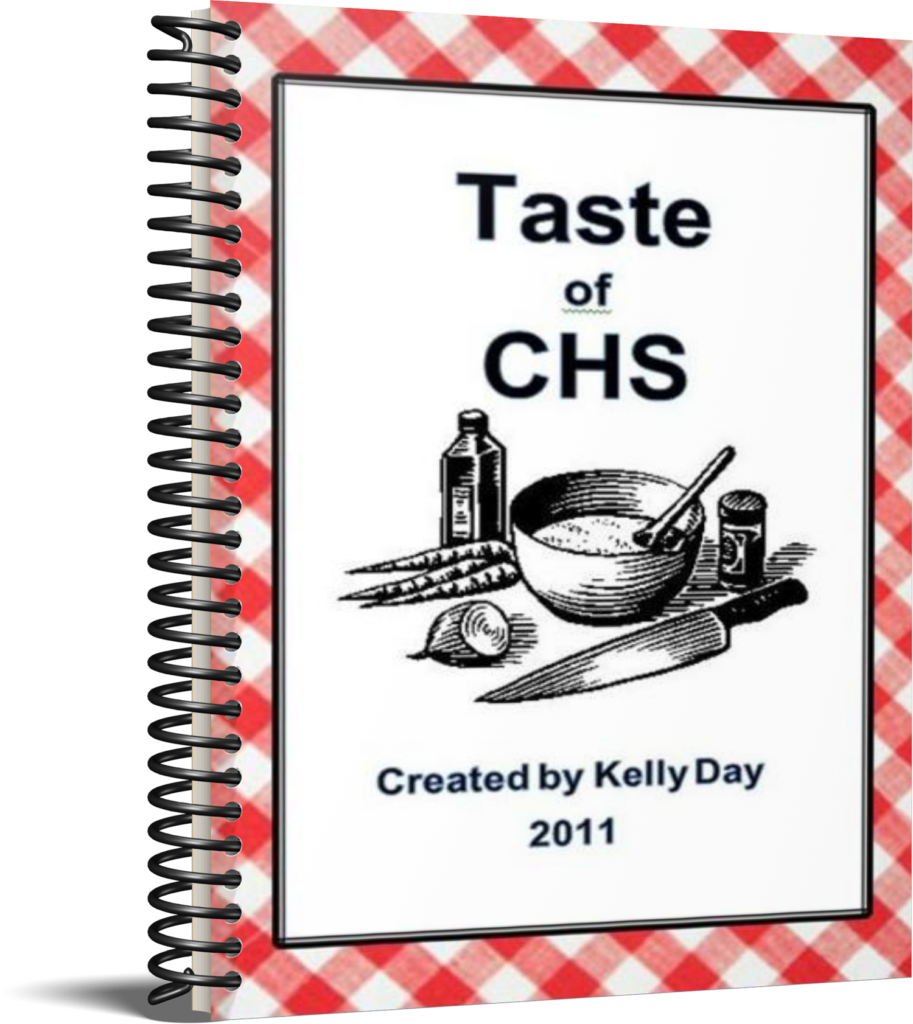School Fundraising Cookbooks: How and Why to Get Everyone Involved in Creating Your Cookbook
Schools, with their dynamic community of students, teachers, and parents, offer a unique setting for a fundraising cookbook. Creating a cookbook not only provides a platform to raise funds for school initiatives but also showcases the rich cultural diversity and shared experiences of the school community. Let’s delve into the importance of getting everyone on board and how to do it effectively.

The Importance of Inclusivity
- Unity in Diversity: Schools often house families from various backgrounds. Including everyone ensures a diverse range of recipes, representing multiple cultures and traditions.
- Fostering Community: Engaging all stakeholders — students, teachers, staff, and parents — nurtures a sense of community and shared purpose.
- Educational Opportunity: The project becomes a learning experience for students, from understanding culinary traditions to getting insights into project management.
Ways to Involve Everyone
- Classroom Competitions: Host recipe submission competitions within classrooms, encouraging students to bring in family recipes.
- Teacher Contributions: Encourage teachers to share their favorite recipes, adding a personal touch and showing a different side to educators.
- Parent Committees: Form committees of parent volunteers to handle various aspects such as design, editing, and promotion.
- School Clubs: Engage school clubs, like the art club for illustrations or the tech club for digital layouts and promotions.
- Taste Test Days: Organize days where submitted recipes are cooked and sampled, helping in finalizing the list and promoting the cookbook.
Promotion and Sales
- School Events: Promote and sell the cookbook during school events like sports days, concerts, or parent-teacher meetings.
- Student Ambassadors: Appoint enthusiastic students as ambassadors to market the cookbook within their circles and neighborhoods.
- Digital Promotion: Utilize the school’s website, newsletters, and social media platforms to promote the cookbook and share behind-the-scenes glimpses.
Educational Integration
- Curricular Integration: Integrate the cookbook creation into the curriculum where applicable, like writing skills in language classes or budgeting in math lessons.
- Project Management Skills: Allow older students to take on leadership roles, teaching them project management and teamwork.
- Culinary Workshops: Organize workshops where students learn about the history or science behind some of the recipes, making learning interactive and fun.
Financial Transparency and Goal Setting
- Transparent Goals: Clearly communicate the purpose of the fundraising — be it for a new playground, school trips, or technology upgrades.
- Progress Updates: Regularly update the school community on the amount raised and how it’s being utilized, ensuring trust and motivating further contributions.
Building Legacy
- Annual Editions: Make the cookbook an annual tradition, allowing each year to add their unique touch and recipes.
- Alumni Inclusion: Engage school alumni, allowing them to contribute recipes and share memories, further strengthening the school’s legacy.
Conclusion
A school fundraising cookbook is more than a mere collection of recipes. It’s a tapestry of memories, traditions, and shared experiences of an educational community. By involving everyone in its creation, the cookbook becomes a cherished keepsake, reminding everyone of their shared ties to the school and the collective effort to enhance the educational experience.







